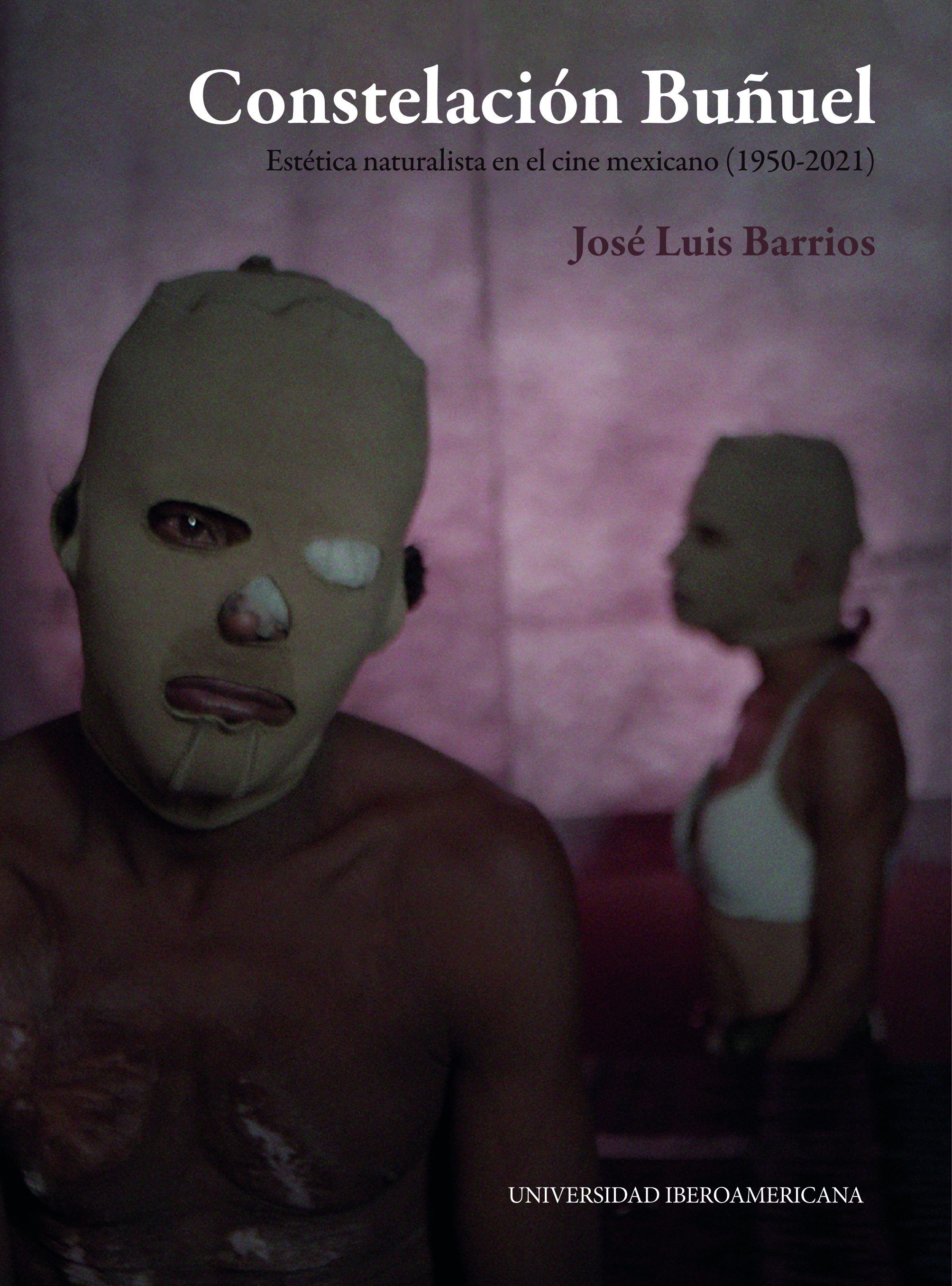Libros relacionados
 |
Paisajes Patrimoniales: Filosofía, Estética y Arte Mariano Castellanos Arenas Bonilla Artigas Editores |
 |
Constelación Buñuel: Estética Naturalista en el Cine Mexicano (1950-2021) José Luis Barrios Bonilla Artigas Editores |
 |
Aportes a la Estetica Desde el Arte y la Ciencia del Siglo 20 Zatonyi, Marta (Comp) La Marca Editora |
 |
Emancipación, Plenitud y Memoria: Modos de Percepción y Acción a Través del Arte González Martín, Diana Iberoamericana Vervuert |


|
Título: Learning To Look At Sculpture | |
| Autor: Acton Mary | Precio: $480.00 | |
| Editorial: Routledge | Año: 2014 | |
| Tema: Escultura, Estetica, Arte | Edición: 1ª | |
| Sinopsis | ISBN: 9780415577380 | |
| Learning to Look at Sculpture is an accessible guide to the study and understanding of three dimensional art. Sculpture is all around us: in public parks, squares, gardens and railway stations, as part of the architecture of buildings, or when used in commemoration and memorials and can even be considered in relation to furniture and industrial design. This book encourages you to consider the multiple forms and everyday guises sculpture can take.
Exploring Western sculpture with examples from antiquity through to the present day, Mary Acton shows you how to analyse and fully experience sculpture, asking you to consider questions such as What do we mean by the sculptural vision? What qualities do we look for when viewing sculpture? How important is the influence of the Classical Tradition and what changed in the modern period? What difference does the scale and context make to our visual understanding? With chapters on different types of sculpture, such as free-standing figures, group sculpture and reliefs, and addressing how the experience of sculpture is fundamentally different due to the nature of its relationship to the space of its setting, the book also explores related themes, such as sculpture's connection with architecture, drawing and design, and what difference changing techniques can make to the tactile and physical experience of sculpture. Richly illustrated with over 200 images, including multiple points of view of three dimensional works, examples include the Riace bronzes, Michelangelo's David, Canova's The Three Graces, medieval relief sculptures, war memorials and works from modern and contemporary artists, such as Henry Moore, Cornelia Parker and Richard Serra, and three-dimensional designers like Thomas Heatherwick. A glossary of critical and technical terms, further reading and questions for students, make this the ideal companion for all those studying, or simply interested in, sculpture. |
||
Librería Bonilla SA de CV © Todos los derechos reservados. 2019
Última actualización: Jul 2019




